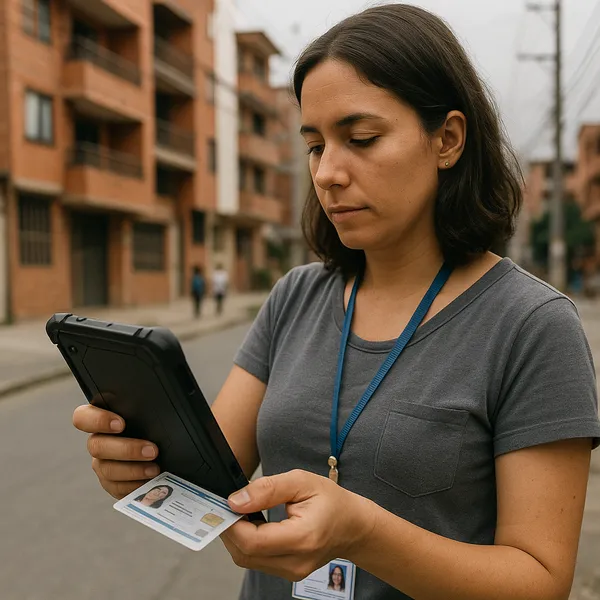Capital Asset Utilization: The Imperative of Post-Completion Forensic Verification
Published on: Tue Nov 30 2021 by Ivar Strand
The ribbon-cutting ceremony is a familiar milestone in the lifecycle of an infrastructure project. It marks the formal completion of construction, the final payment to the contractor, and often, the declared success of the investment.
This definition of success is dangerously incomplete. A project is not successful simply because it has been built; it is successful only if it is used, maintained, and delivers a sustainable service to its intended beneficiaries. The failure to verify this post-completion operational phase is how financing agencies and governments inadvertently finance “white elephant” projects—structurally sound but ultimately useless assets.
The Misalignment of Fiduciary and Programmatic Endpoints
A fundamental challenge in project assurance is the frequent misalignment between a project’s fiduciary and programmatic endpoints.
- The fiduciary endpoint is the final payment to the contractor upon the certification of physical completion. Traditional verification efforts are almost exclusively focused on reaching this point with full financial and engineering compliance.
- The programmatic endpoint, however, is the long-term, sustainable delivery of a service—be it education, healthcare, or access to water. This objective is only achievable long after the construction contract is closed.
When our assurance activities cease at the fiduciary endpoint, we leave the most critical question unanswered: will this significant capital investment generate a lasting social return?
Defining the “White Elephant” Risk
A “white elephant” is an asset that is constructed in full compliance with its technical and financial specifications but fails to become operationally viable. The risk is not one of construction quality, but of sustainability. In our work in fragile states, we have seen numerous examples:
- The newly constructed rural school with no budget allocated by the Ministry of Education for teachers’ salaries or textbooks.
- The modern health clinic that stands empty because it was built without a reliable power source for refrigeration and medical equipment, or without a plan for staffing.
- The sophisticated irrigation system that falls into disrepair within two years because the local water user association was never provided with the training or the budget for its long-term maintenance.
In each of these cases, a standard construction audit would return a clean opinion. The donor’s funds were spent correctly on a well-built asset. Yet, the development objective has completely failed.
A Framework for Post-Completion Verification
To mitigate this risk, the assurance lifecycle must be extended beyond the construction phase. We advocate for a mandatory Post-Completion Verification to be conducted approximately six to twelve months after an asset has been formally handed over. The objective of this review is not to re-audit the construction, but to assess the asset’s successful transition into a functioning service.
Our framework for this verification phase includes three key lines of inquiry:
-
Verification of Asset Utilization. This is an empirical assessment of whether the asset is being used as intended. For a school, our teams would verify official student enrollment data and teacher attendance records against direct, on-site observation. For a clinic, this would involve a review of patient logs and medicine stock levels. The goal is to answer the simple question: is anyone here?
-
Assessment of Operational Readiness. We conduct a review of the institutional and financial capacity of the entity now responsible for the asset’s operation (e.g., a government ministry or a local utility). Has an operational budget been formally approved and disbursed? Have the required staff been hired, trained, and deployed to the site? Are the necessary supply chains for consumables (e.g., textbooks, medicines, spare parts) in place and functioning?
-
Evaluation of the Maintenance Framework. We assess the credibility of the plan for the asset’s long-term sustainability. Is there a documented technical maintenance plan accompanied by a realistic, funded budget? Has the legal ownership and maintenance responsibility for the asset been formally transferred to a local entity? Has that entity received the necessary technical training?
Conclusion: Extending the Assurance Lifecycle
To ensure that development capital creates durable value, we must extend our understanding of fiduciary duty beyond the construction phase. Post-completion verification is the critical final component of a mature, investment-grade due diligence process. It closes the accountability loop, confirming that a physical asset has been successfully converted into a sustainable service for the community it was intended to benefit.



